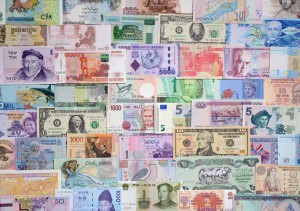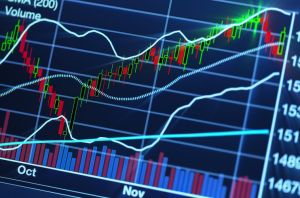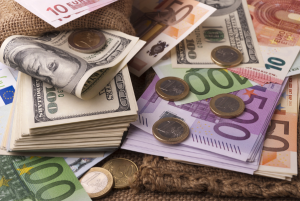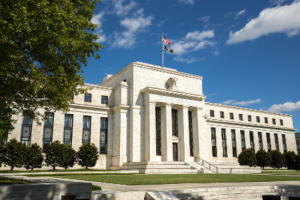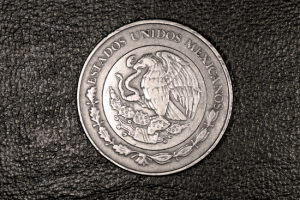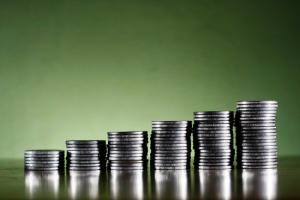Latin American economies tend to be highly dependent on raw materials. When the prices of oil and other commodities collapsed in the second half of 2014, Latin American currencies depreciated greatly. The capacity for those countries to generate foreign exchange (FX) reserves was severely affected, resulting in a scarcity of US dollars in their domestic economies that drove the price of dollars higher and plunged local currencies lower.
Click here to continue readingThe media often report that Guatemala’s current financial situation is stable. We often hear boasts that the country’s public debt to GDP is low compared to other countries in the region. However, despite these claims, government finances have not followed a course that would make us optimistic.
Click here to continue readingOne of the big concerns on Wall Street is the large amount of share buybacks that corporations are currently engaging in. It’s generally thought that companies engage in buybacks when they have limited investment opportunities to deploy cash.
Click here to continue readingAs an asset class, gold remains one of the most liquid and robust financial assets in the modern financial frontier. Meanwhile, sovereign debt which is as liquid or more, has empirically proven to suffer huge catastrophic losses in capital and liquidity suddenly posing a systemic risk to the current system.
Click here to continue readingNegative Interest Rates and Exchange Rates: The United States and Europe, What Does the Future Hold?
The Federal Reserve, pursuing growth and unemployment objectives, will likely end the current federal funds policy close to zero at its next meeting. If the Federal Reserve increases the federal funds rate, following unemployment data and changes in last-minute credit, it would exacerbate the difference with the eurozone’s negative interest rates, and possibly, depreciate the euro against the dollar.
Click here to continue readingIn the beginning, Spain’s bubble seemed to signal that the housing market could have high returns. This is because since the middle of the 1990s Spain displayed an incipient economic development, a complete industrial reconversion, a large supply of human capital at a reasonable cost (a good cost-to-productivity ratio), and at the same time entered the Euro project.
Click here to continue readingThe Federal Reserve raised interest rates by one quarter of a percentage point last week, the greatest increase in almost a decade. The increase did not take the markets by surprise, as it was already expected to happen following the small crisis in the Chinese stock market. There is fear and anxiety about how increased interest rates could impact the world’s second largest economy.
Click here to continue readingThe most notable news in the economics and finance world has been the Federal Reserve’s decision to raise interest rates on December 16th. In response to the news, Mexico’s Central Bank raised its interest rate target by 0.25 percentage point.
Click here to continue readingOne of the most relevant news stories of last year, if not the most important in the world of finance and economics, was the 0.25% increase of the Federal Funds Rate by the Fed on December 16. The increase marks the end of a period where U.S. interest rate had been close to 0%. Furthermore, the Fed announced it would possibly continue to raise interest rates throughout 2016.
Click here to continue readingPublic debt is an increasingly important issue for Mexico. Between January 2014 and December 2015, Mexico’s public debt grew 33%. As Mexico’s debt to GDP reaches 52%, authorities continue to downplay the debt’s importance by pointing out that the debt level is still below that of similar nations. A poor consolation. Below is the debt’s change as percentage of the GDP.
Click here to continue readingGet our free exclusive report on our unique methodology to predict recessions

